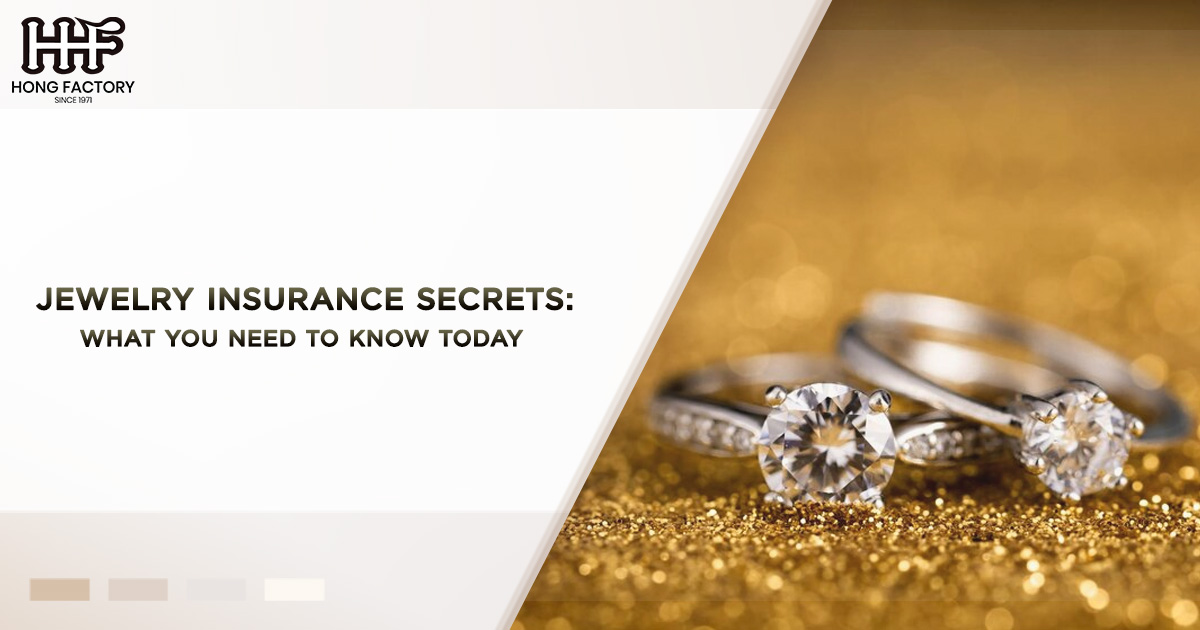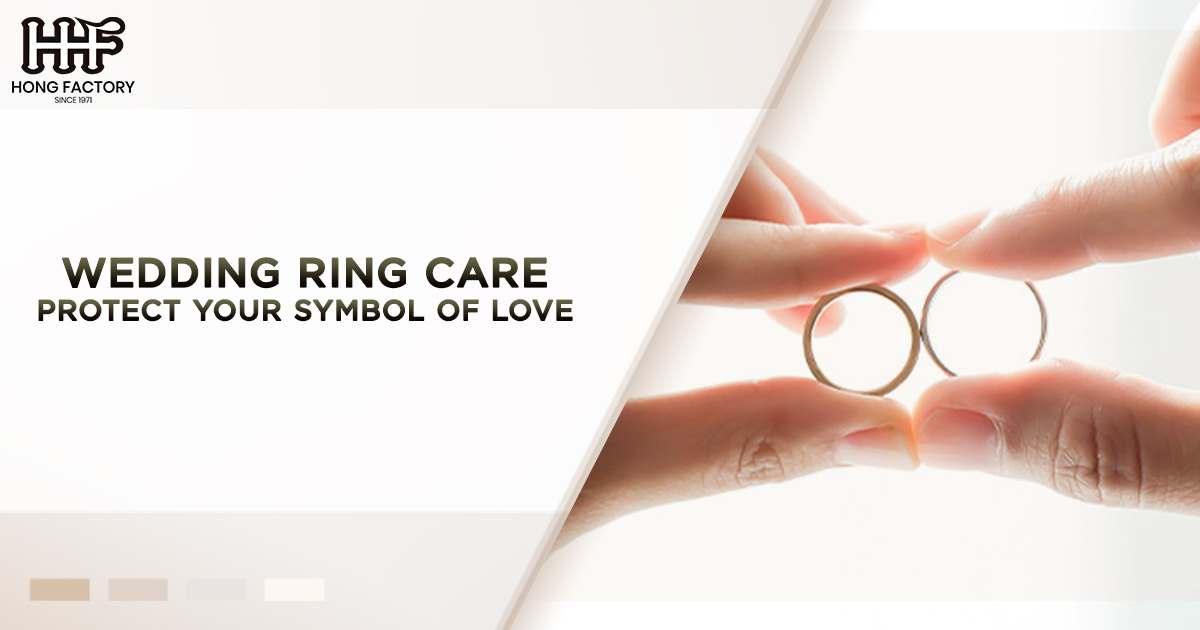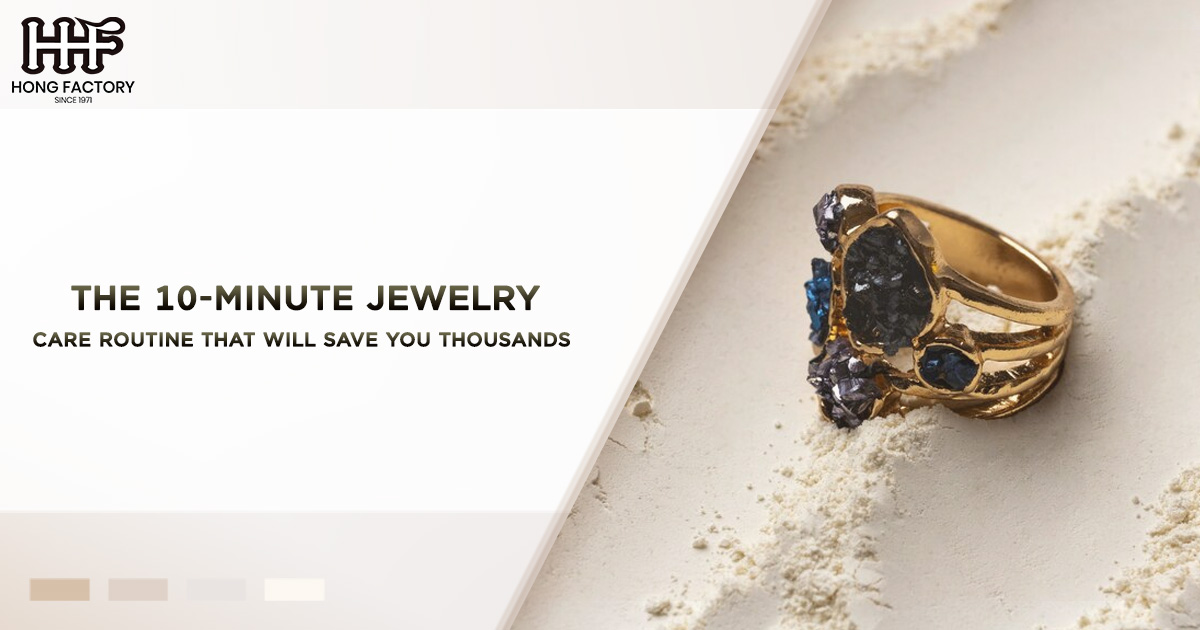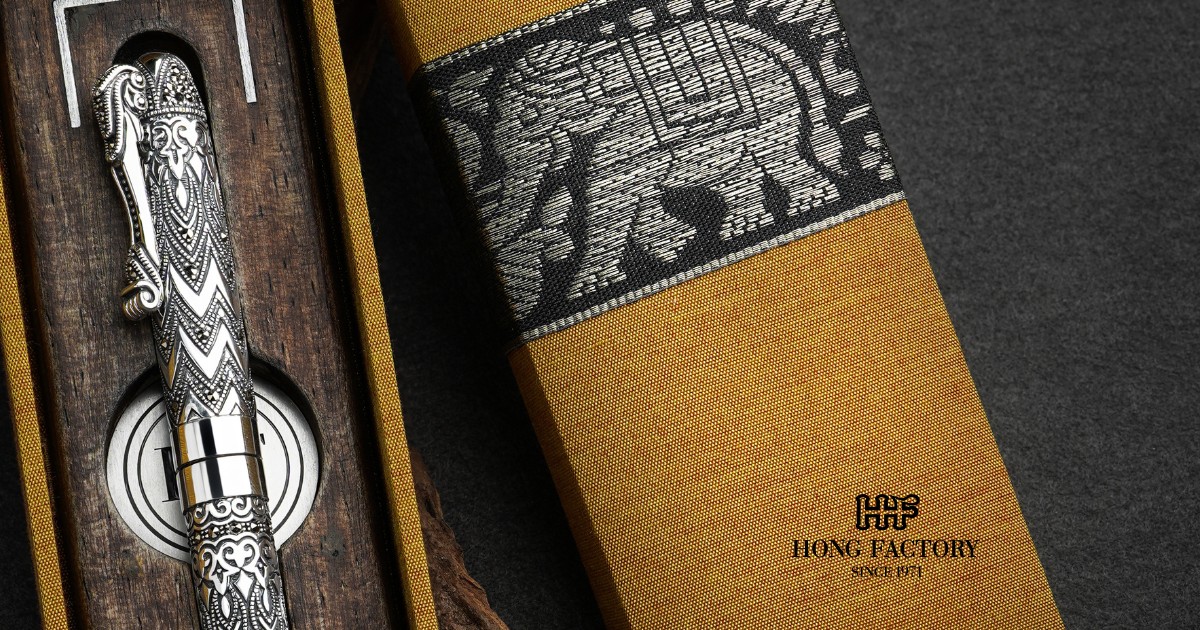Owning fine jewelry is as much an emotional investment as it is a financial one. Whether it’s a family heirloom, an engagement ring, or a designer piece, your jewelry holds both sentimental and monetary value. That’s why protecting it is not just a good idea—it’s essential. Jewelry insurance acts as a safeguard against life’s uncertainties, ensuring your treasured pieces are covered in case of loss, theft, or damage. But with so many options and considerations, navigating jewelry insurance can feel overwhelming. This comprehensive guide will walk you through the key aspects of jewelry insurance, including insurance types, coverage options, cost factors, and claim tips, so you can make an informed decision.
Insurance Types
When it comes to jewelry insurance, it’s important to understand the different types available to you. Broadly speaking, there are two primary ways to insure your jewelry : through a homeowner’s or renter’s insurance policy or with a standalone jewelry insurance policy. Each option has its advantages and limitations, so let’s explore them in detail.
1. Jewelry Coverage Through Homeowner’s or Renter’s Insurance
Many people are surprised to learn that homeowner’s or renter’s insurance often includes some level of protection for jewelry. However, this coverage is usually limited. Policies typically include a personal property component, which covers belongings like furniture, electronics, and jewelry. But here’s the catch : the coverage for jewelry is capped at a specific limit—often as low as $1,000 to $2,500 for theft or loss.
Pros
– Convenient, as it’s bundled with your existing policy.
– May cover multiple types of perils, including theft, fire, and flooding.
Cons
– Coverage limits can be too low for valuable pieces.
– May not include protection for accidental loss or damage.
– Claims could affect your overall homeowner’s or renter’s insurance premiums.
2. Standalone Jewelry Insurance
Standalone jewelry insurance is specifically designed to cover your high-value jewelry. Offered by specialized insurers, these policies provide comprehensive protection and greater flexibility compared to general homeowner’s coverage.
Pros
– Higher coverage limits tailored to the appraised value of your jewelry.
– Covers additional risks, such as accidental loss, damage, and mysterious disappearance.
– Claims do not impact other insurance policies.
Cons
– Requires a separate policy and premium.
– May involve stricter appraisal and documentation requirements.
Key takeaway : If your jewelry is worth more than the limits of your homeowner’s or renter’s insurance policy, standalone jewelry insurance is the better option for full value protection.
Coverage Options
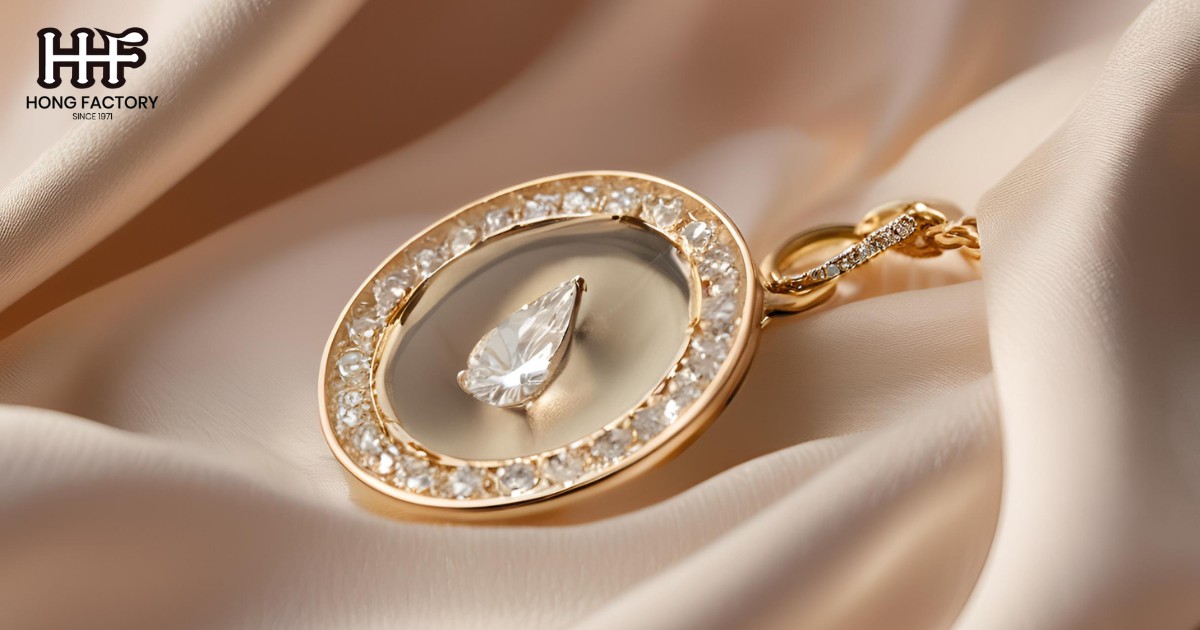
Understanding what your policy covers is crucial to ensuring your jewelry is adequately protected. Different insurers offer varying coverage types, so it’s essential to read the fine print and ask questions.
1. Common Coverage Types
– Theft : Most policies cover theft, but it’s always important to confirm the exact terms. For example, does the policy cover theft at home, abroad, or both?
– Loss : Accidental loss is one of the most valuable coverage options offered by standalone jewelry insurance. This could include losing a ring down the drain or misplacing a necklace while traveling.
– Damage : This includes wear and tear as well as unexpected damage, such as a gemstone coming loose or a chain breaking.
– Mysterious Disappearance : Some policies also cover situations where the jewelry simply “disappears,” and you can’t determine whether it was lost or stolen.
2. Additional Considerations
– Worldwide Coverage : If you travel frequently, ensure your policy offers worldwide protection.
– Replacement vs. Repair : Some insurers offer replacement value coverage, meaning they’ll replace your item with one of similar quality rather than providing a cash payout.
– Agreed Value Coverage : This ensures you’ll receive the full appraised value of your jewelry, regardless of depreciation.
Key takeaway : Look for a policy that aligns with your lifestyle and offers comprehensive coverage tailored to your needs. The more scenarios covered, the better your peace of mind.
Cost Factors
The cost of insuring your jewelry depends on several factors. While it’s tempting to focus solely on the premium, it’s equally important to assess the value of the coverage you’re receiving.
1. Factors That Influence Premiums
– Value of the Jewelry : The higher the appraised value of your jewelry, the higher your premium will be. Insurers typically charge around 1% to 2% of the item’s value per year.
– Type of Jewelry : Engagement rings, antique pieces, and custom-made jewelry may cost more to insure due to their unique characteristics.
– Location : Insurers consider the risk of theft or loss based on where you live. For example, urban areas with higher crime rates may result in higher premiums.
– Deductible : A higher deductible (the amount you pay out-of-pocket before insurance kicks in) can lower your premium, but it also means you’ll bear more of the cost if something happens.
– Policy Add-ons : Extras like worldwide coverage or inflation protection may increase your premium.
2. Getting an Appraisal
To determine the value of your jewelry, most insurers will require an appraisal from a certified jeweler. This document outlines the item’s description, materials, and current market value.
3. Comparing Quotes
Don’t settle for the first insurance quote you receive. Compare policies from multiple providers to find the best combination of coverage and cost.
Key takeaway : While jewelry insurance isn’t cheap, it’s a small price to pay for the protection of priceless items. Be sure to weigh the costs against the benefits to find a policy that fits your budget.
Claim Tips
Filing an insurance claim can be stressful, especially when it involves a beloved piece of jewelry. However, understanding the claim process ahead of time can make things much smoother.
1. Document Everything
Before anything happens to your jewelry, take these steps to prepare :
– Photograph Your Jewelry : High-quality photos from multiple angles can serve as evidence in case of a claim.
– Keep Your Appraisal and Receipt : These documents verify the value and authenticity of your item.
– Store Records Safely : Keep digital copies of all documents in a secure, easily accessible location.
2. What to Do in Case of Loss or Damage
If your jewelry is lost, stolen, or damaged, follow these steps :
- Report the Incident : For theft, file a police report immediately. For accidental loss or damage, notify your insurer as soon as possible.
- Contact Your Insurer : Provide all necessary documentation, including photos, appraisals, and any receipts.
- Follow the Claims Process : Your insurer will guide you through the next steps, such as getting repair estimates or determining replacement options.
3. Common Pitfalls to Avoid
– Inadequate Documentation : Without proper records, proving the value and ownership of your jewelry can be challenging.
– Waiting Too Long to File a Claim : Most insurers have time limits for filing claims, so act quickly.
– Not Understanding Your Policy : Know your deductible, exclusions, and the types of coverage included.
Key takeaway : A well-prepared claim can save you time and frustration. Stay organized and act promptly to maximize your chances of a successful outcome.
Conclusion
Jewelry insurance is a vital tool for protecting your valuable and sentimental possessions. By understanding the different insurance types, exploring comprehensive coverage options, considering cost factors, and preparing for the claim process, you can ensure your cherished pieces are safeguarded against life’s uncertainties. Whether you choose to add a rider to your homeowner’s policy or invest in standalone jewelry insurance, the key is to select a policy that offers full value protection and peace of mind.
Remember, your jewelry is more than just an accessory—it’s a reflection of your memories, milestones, and personal style. Don’t leave its safety to chance. Invest in jewelry insurance today and preserve the value and beauty of your treasures for years to come.
